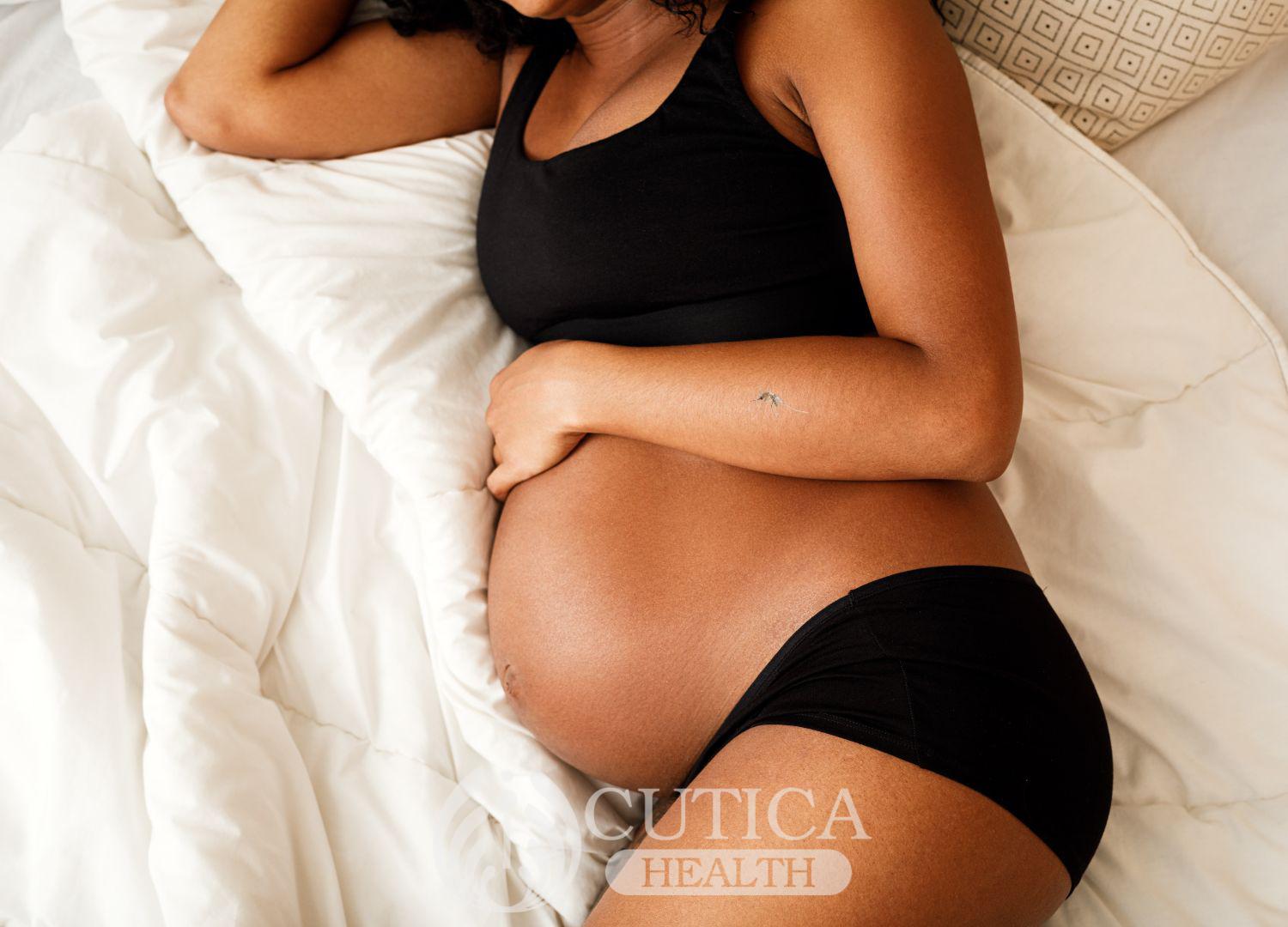
Malaria is caused by the Plasmodium parasite and is transmitted through the bite of an infected female anopheles mosquito. While malaria can be prevented and effectively treated, it can be life-threatening if not properly treated.
Malaria remains a common illness in Africa despite efforts to curb the disease. This is a due to a combination of factors including high levels of poverty.
Children are at risk of severe malaria because their immune system is not as strong as that of adults and it takes years of exposure to develop partial immunity to malaria.
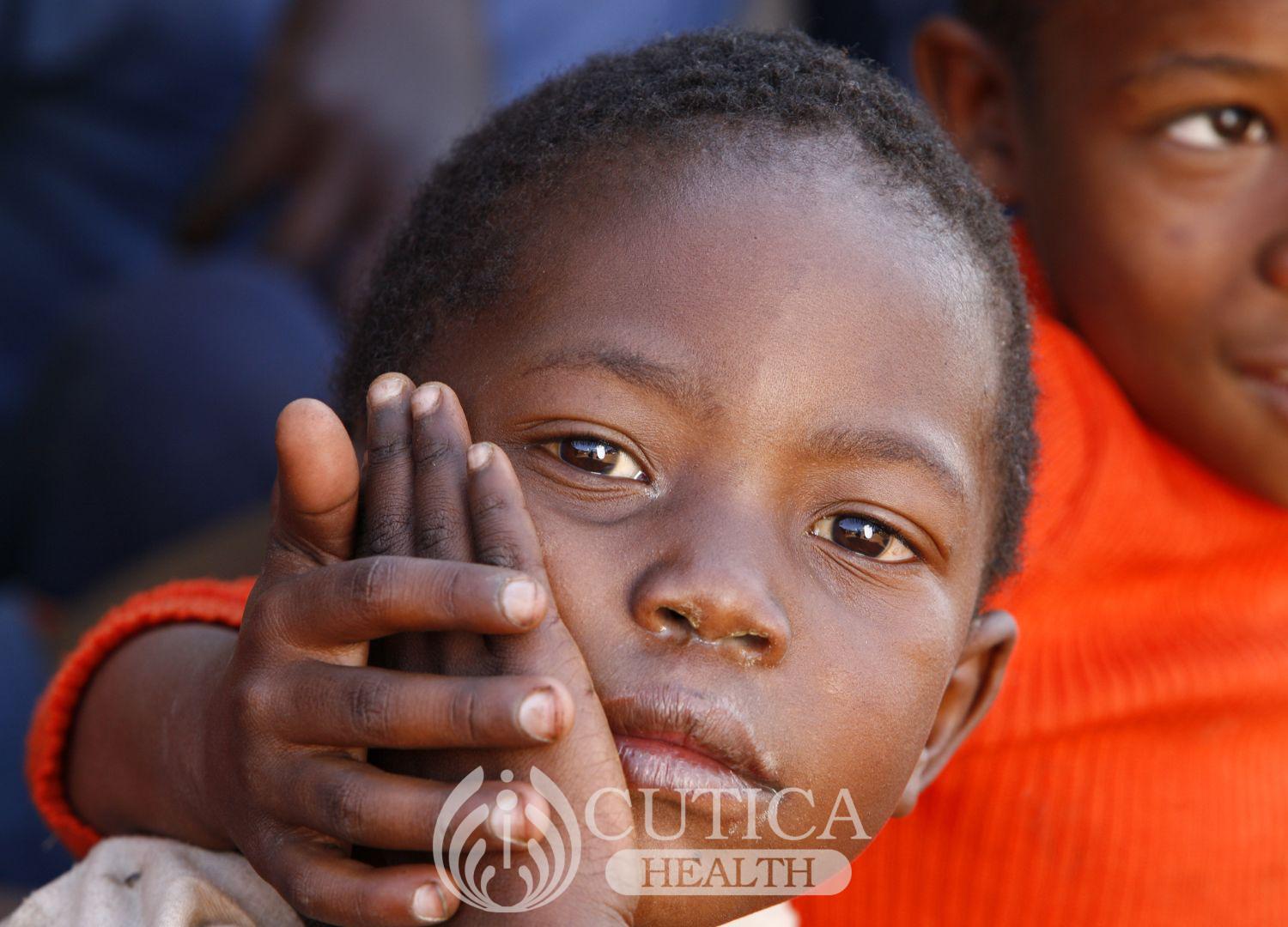
In 2019, there were 229 million malaria cases globally, with 409,000 deaths. About two-thirds of these deaths were in children less than 5 years (UNICEF).
- A 2020 WHO report showed that children under 5 years accounted for about 80% of deaths from malaria.
- Africa carries a large share of this problem.
- Pregnant women and adults with poor immunity are also at risk of severe malaria.
What are some of the symptoms of Malaria in children?
Some early symptoms are:
- Crying excessively/Irritability.
- Poor appetite
- Feeling sleepy and tired all the time
- Headache
- Chills
- Body ache
- Breathing fast
- Fever
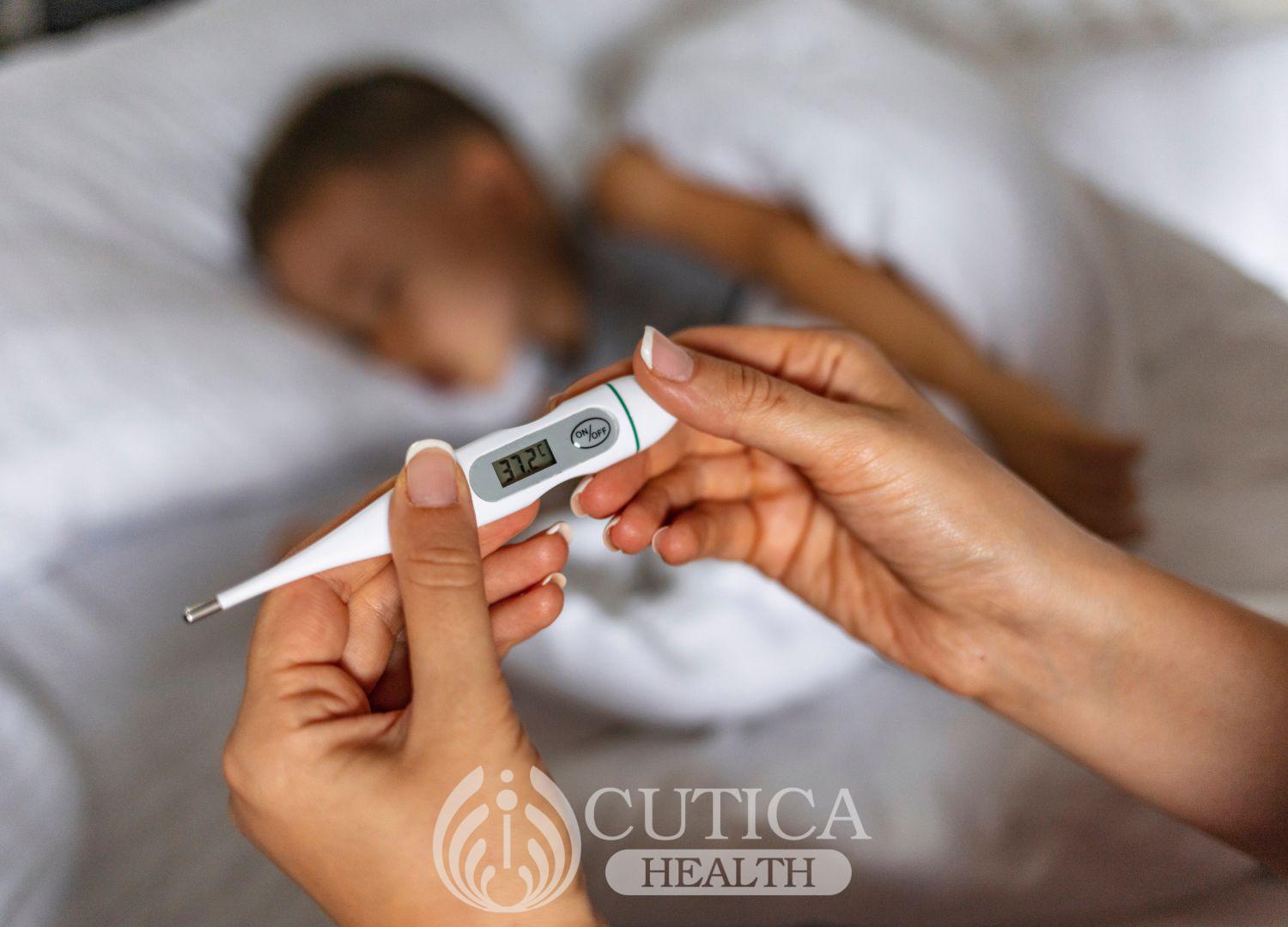
Fever, along with some other early symptoms may come and go, and the child may appear fine, only to become sick again. This is typical of malaria, until it becomes worse and the symptoms more persistent.
Some late and serious symptoms include:
- Low blood sugar
- Enlarged spleen
- Kidney failure
- Anaemia or low blood volume
- Seizures and loss of consciousness.
Diagnosis and Treatment
A blood sample is taken to look for the presence of the parasite.Once malaria is confirmed, anti-malarial medicines will be administered depending on severity of the disease. It can be given as an injection, through the veins, as a tablet, or even syrup for smaller children. The best treatment involves using artemisinin-based combination drugs. Other symptoms will also be managed. Children recover with proper treatment. Without proper treatment, malaria could be fatal.
Here are a few important tips:
- Use only malaria drugs that are produced by reputable drug companies and approved by health authorities (NAFDAC in Nigeria).
- Do not use anti-malaria medications indiscriminately. Instead, make decisions about malaria treatment with your health professional. This is important to prevent resistance and keep the current medications in the market effective in treating the disease. Resistance is the situation when a drug that used to work against malaria loses its effectiveness.
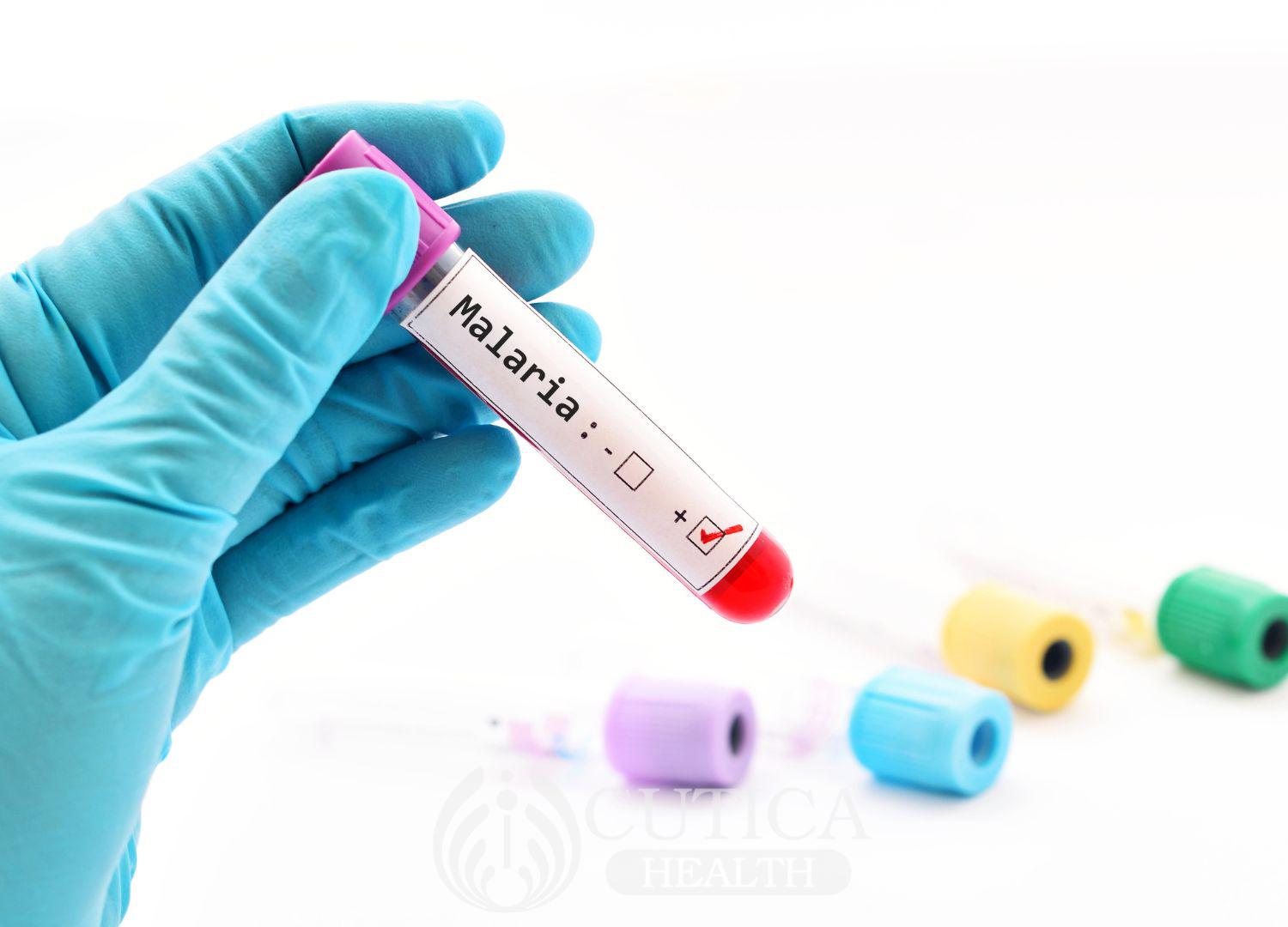
How to Reduce the Burden of Malaria
Prevention of malaria is a major goal of health authorities, and a key strategy in defeating the disease.
Some prevention strategies include:
- Use of insecticides for mosquito control.
- Fixing nets on windows and doors.
- Distribution of mosquito nets by public health officials.
- Use of insect repellents.
- Clearing areas with bush and stagnant water as these are breeding places for mosquitoes.
- Education about how malaria is spread and how to apply preventive steps
- The first malaria vaccine was recently endorsed by the World Health Organization. Distribution of effective vaccines to children living in areas where malaria is common can help decrease malaria and deaths from malaria.
SUMMARY
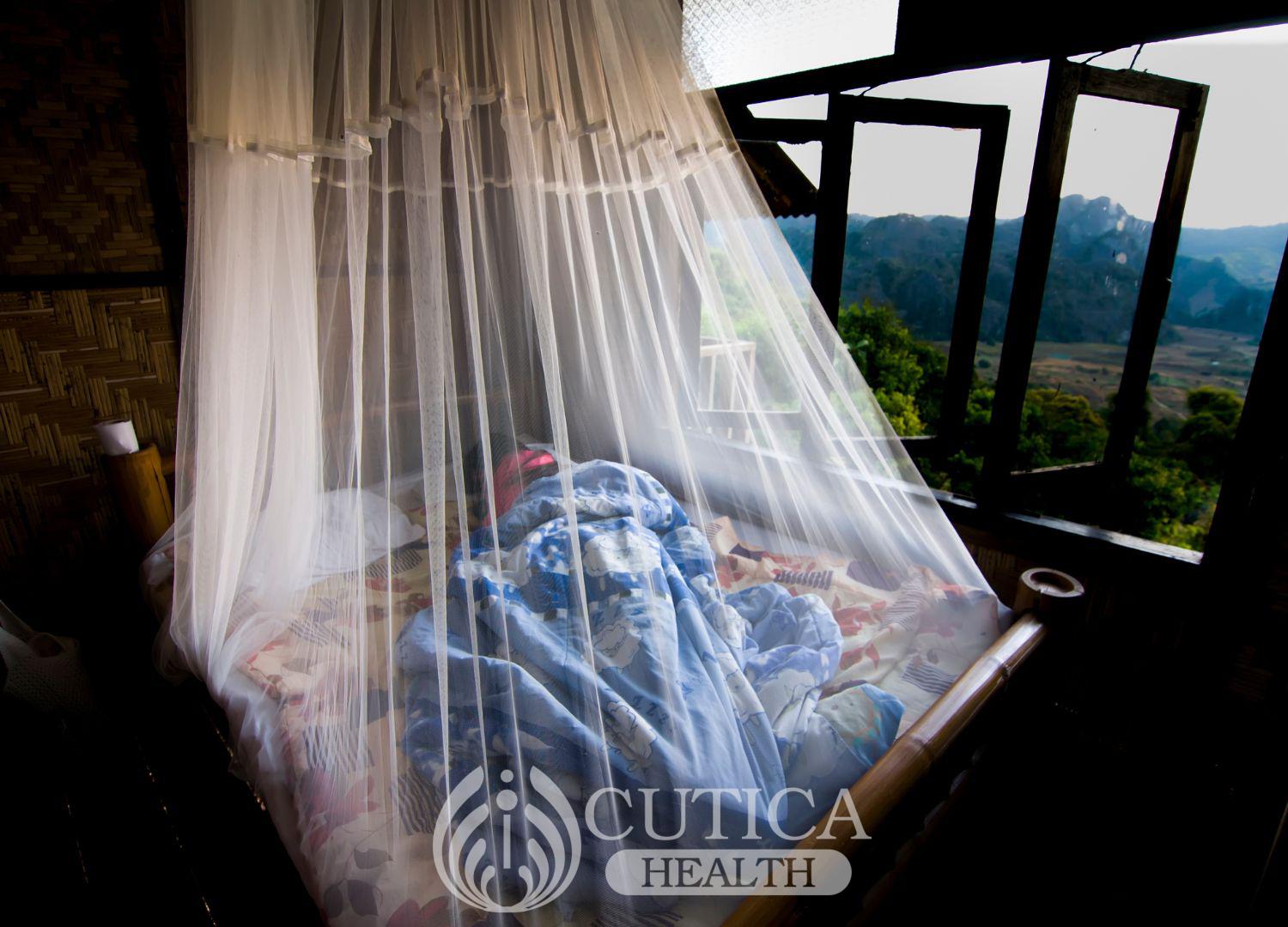
Children, especially those under the age of 5 are vulnerable to malaria. They are prone to the severe form of the illness because their immune systems aren’t strong enough to fight off infections and it takes years of exposure to develop partial protection against malaria. There are effective ways to prevent and treat malaria and keep children safe.











